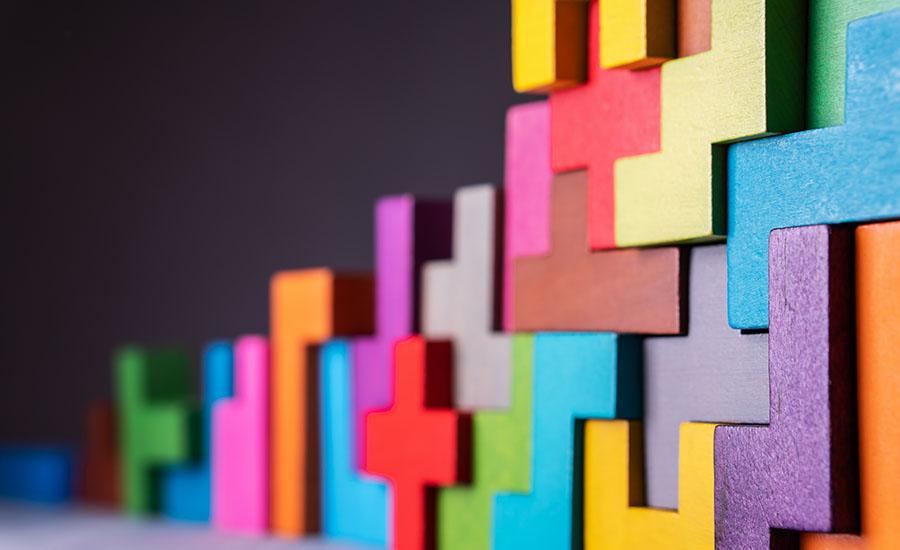
Creating Sustainable Solutions With Bioplastics Part 1
by Scott Milne
In this lesson students evaluate the advantages and disadvantages of conventional, petroleum-based plastics, bioplastics, and their different varieties. The lesson is driven by class/group research and discussion and ends with students creating an action plan for a plastic-based problem. As a group, students will learn about the costs, benefits and science behind conventional plastics and the ways in which bioplastic solutions may be used to address current problems with plastic pollution. Students are then asked to present their plan to the class and give/receive constructive feedback to and from their peers.
Lesson Plan Link/URL
https://docs.google.com/presentation/d/1rirThz48C07uXd_TMh2Z9tyxVZvKYNbt09DLRPE…Subject Area
Science Physical Science P1: Matter Technology 1. Empowered Learner 4. Innovative Designer 6. Creative Communicator Engineering S1: Engineering & Global Society S2: Apply the Engineering Design Process S6: Apply Communications to Engineering English Language Arts (ELA) Writing Speaking & Listening
Featured
Off
Related Content

Grades:
3rd Grade
In this hands on lesson, students learn about LED lights and why they are they better choice for the environment. After becoming familiar with LEDs, students then find out that the local Parks and Rec

Grades:
7th Grade, 8th Grade, 9th Grade, 10th Grade, 11th Grade, 12th Grade
This lesson is designed to help students learn how to critically evaluate sources of information, a crucial skill for conducting independent STEM projects. The lesson uses the Baloney Detection Kit

Grades:
6th Grade, 7th Grade, 8th Grade
This lesson helps engage student voice in developing stronger research questions and projects on topics about which they are interested, curious, and passionate. The Question Formulation Technique